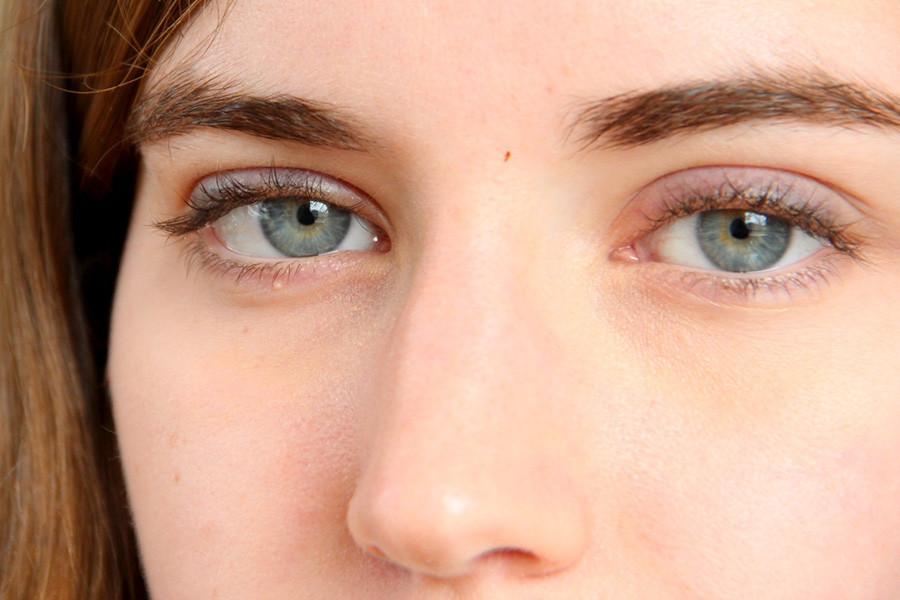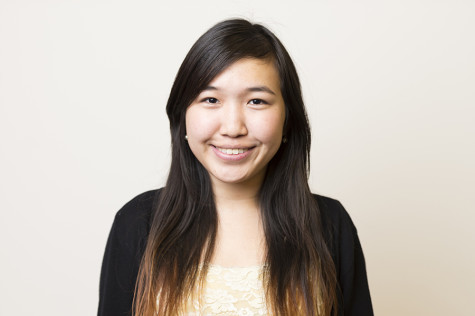Study looks into nature of eyes
In a new study conducted by an NYU professor and a visiting scholar at UPenn, our eyes multitask even when we don’t want them to.
March 26, 2015
Michael Landy, a professor at NYU’s Department of Psychology, and Toni Saarela, a visiting scholar in the University of Pennsylvania’s Department of Psychology, published a study on visual object and shape recognition on March 19.
The two researchers discovered that the human visual system can improve object recognition by combining two forms of visual cues — such as color, texture and brightness — but is not able to observe one visual cue completely independently of another.
As part of the study, subjects were asked to identify letters on a computer. These letters were subtly different from the background by various dimensions: coloring, texture, brightness or a combination of the three. When given letters that had a combination of the various dimensions, subjects did exceptionally well at using the cues together to accurately identify the letter. However, when two different letters existed in the frame, each defined by a different dimension, and subjects were asked to identify the correct letter corresponding with only one cue, this task proved impossible.
Saarela said the research is useful because it provides insight about human vision, which is crucial in numerous practices, including medicine.
“In many occupations, important decisions are made based on visual information,” Saarela said. “Medical imaging is one example. Advances in our understanding of the visual system can eventually contribute to some of these areas.”
Despite the potentially broad implications of the study, it was not without its flaws, such as challenges including the potential statistically unsound aspects of
the study.
“It’s true that there are ways to gather your sample such that you’re justified in generalizing to the population at large and I did not do that,” Landy said. “But what we find in 60 years of psychophysics is that when you study low-level visual psychophysics, individual differences are
really small.”
Saarela addressed the shortcomings for extrapolating this particular study to
large populations.
“We didn’t study large groups of people and our study doesn’t address potential differences between groups,” Saarela said. “But the data from the observers who participated in the experiments were consistent.”
Steinhardt freshman Ann Guo said the study offers interesting insight despite its limitations.
“Certain aspects of the research may not be perfect, but I still find the research insightful and convincing,” Guo said. “The conclusions have important real-world applications, create a new layer of understanding about human vision and lead the field in productive new directions.”
A version of this article appeared in the Thursday, March 26 print edition. Email Christine Wang at [email protected].




























































































































































